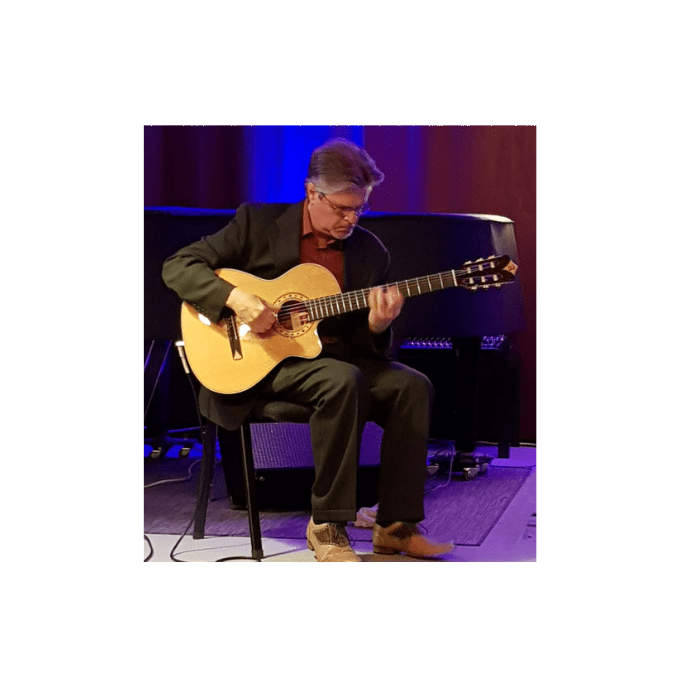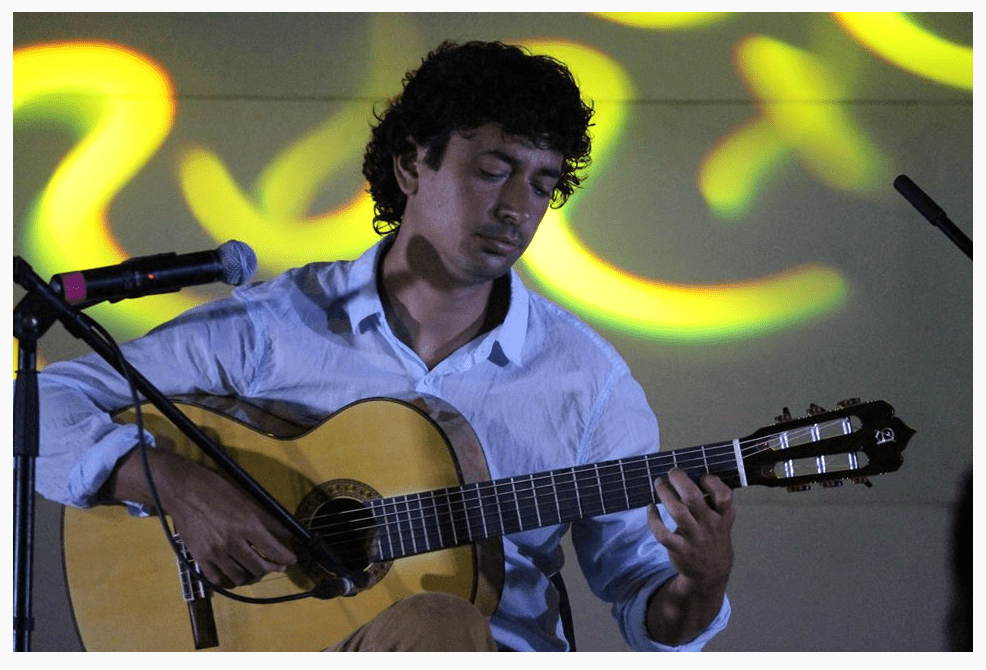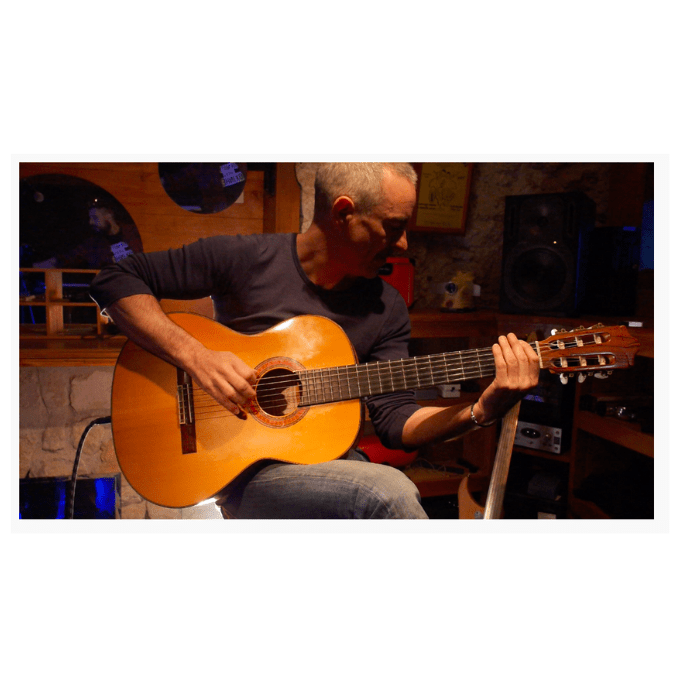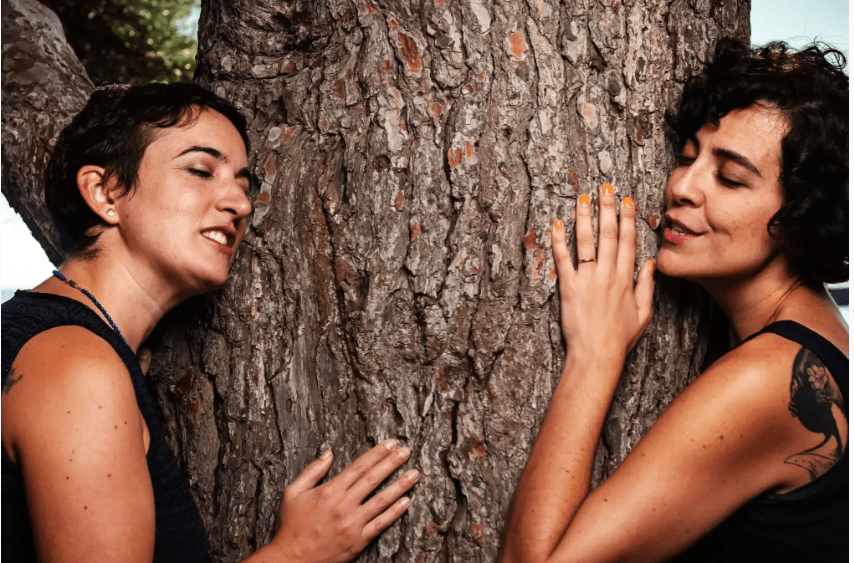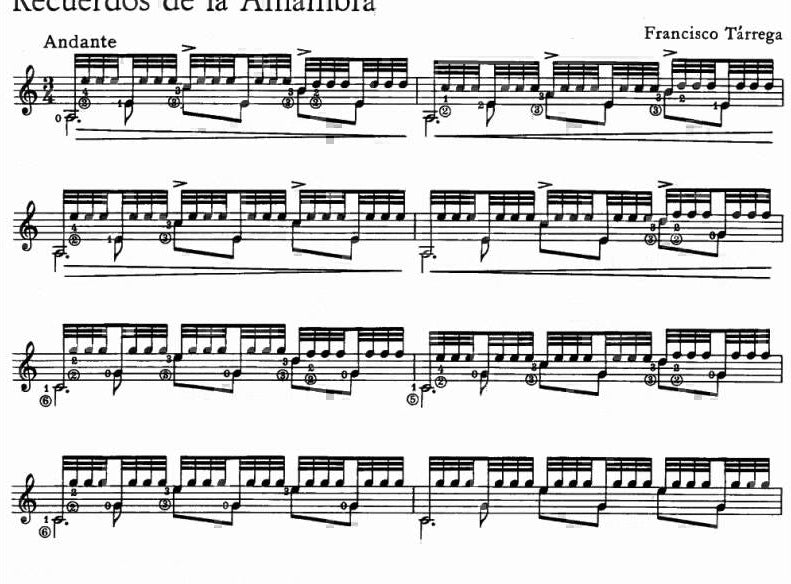
Knowing how to read a score to be able to play the Spanish guitar
First of all, we must differentiate between sheet music and tablature. Sheet music has a staff introduced by a treble clef. Tablature, on the other hand, consists of the representation of the neck of the instrument with 6 lines, equivalent to each of its strings. Usually, letters are placed at the beginning of each line. These letters are the equivalents of the notes in American scale. The complete musical scale would then be: C: Do. D: Re. E: Mi. F: Fa. G: Sol. A: La. B: Si. To play the guitar correctly, the sheet music must always be read from left to right. The deep and melodic expression of guitar music must respect: Rhythm: the rhythm of the Spanish guitar or classical guitar in a score is represented through the notes (whole note, half note, eighth note, sixteenth note, thirty-second note, and thirty-fourth note). The time signature: is a metric unit of time, organized into groups. It appears indicated at the beginning of the staff in 2/2 or 4/4, for example. Depending on the number of beats, there are different types of time signatures (simple, compound, and duple). The most important thing when caressing a guitar and representing music is to remember to be carried away by the emotions it provokes in the musician. The rest is a matter of patience and practice. A tip: It takes less time to learn to read the score of a song if you have previously listened to it several times in order to memorize its characteristics.


